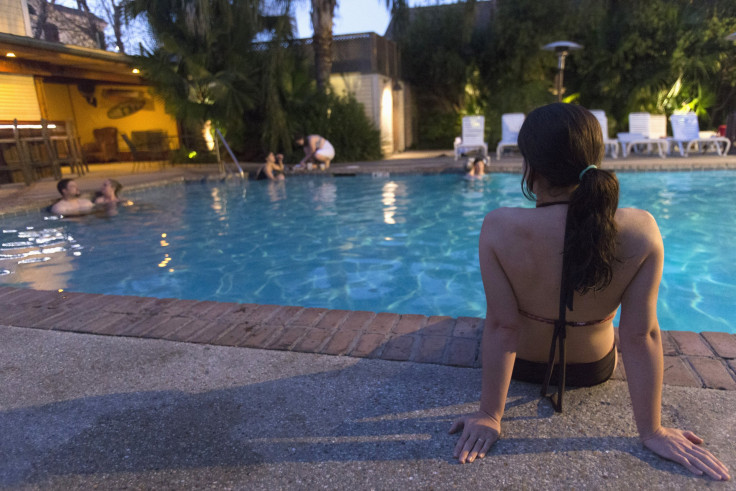Sunlight Harms Skin Long After Exposure

Sunlight continues to damage people’s skin and increase their risk of cancer for hours after they leave the sunlight and move indoors. Scientists at Yale University in the United States have discovered that it is the supposedly protective pigment melanin that was causing the damage. When UV rays hit our skin cells they can cause mutations in the DNA. Melanin, the pigment behind tan or natural skin tone, absorbs radiation and acts as the skin’s defence. What scientists didn’t know so far it what happens to all the energy that the melanin has absorbed.
The research, according to Professor Douglas Brash, from Yale University, shows that while melanin does protect against DNA damage, it does both good and bad things. The ultra violet radiation from the sun generates highly reactive forms of oxygen and nitrogen in the skin that excite the electrons in melanin. In the journal Science, the team from Yale has shown that the high energy version of melanin supercharges a series of chemical reactions. A cocktail of superoxides and peroxynitrites culminate in a very high energy molecule, breaking apart and releasing the energy that was holding it together, according to lead researcher Professor Douglas Brash.
In laboratory tests the whole damage in skin was still taking place four hours after the UV exposure was stopped. The team of scientists hope that they can develop a new type of sunscreen that combines the usual protection with absorbing any energy from the melanin. Dr Bav Shergill, of the British Association of Dermatologists, said that sunscreen should be used with a sun protection factor (SPF) of at least 30 and good UVA protection, and that people should stay out of the sun between 11 am and 3 pm. The time it takes between sun exposure and the damage being completely done gives a window of opportunity in which new preventative tools could work. Scientists even suggest that an evening after sunscreen containing vitamin E should be applied at night, or after tanning sessions to prevent ongoing dangers of UV radiation.
To contact the writer, email: sonali.raj@gmail.com





















